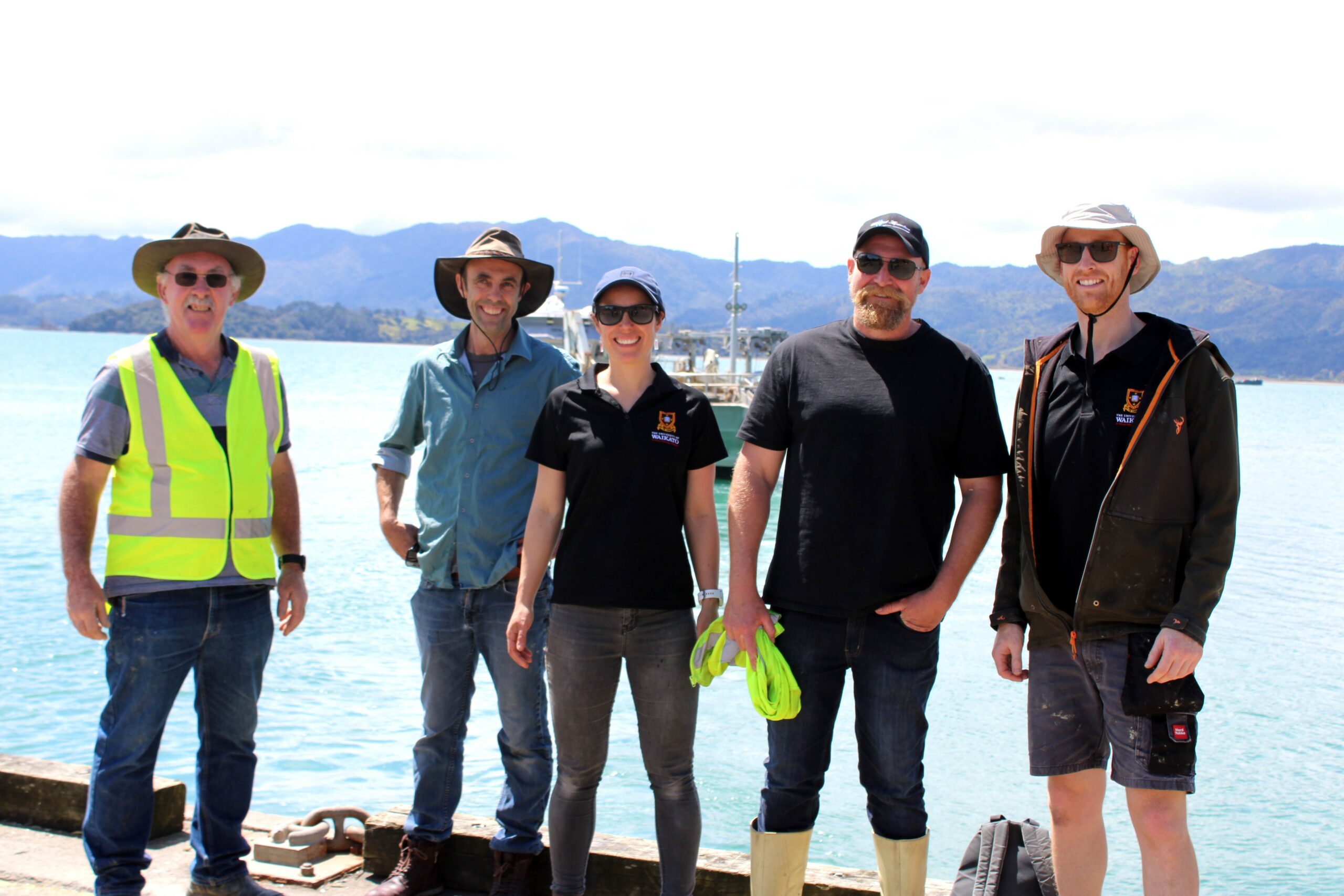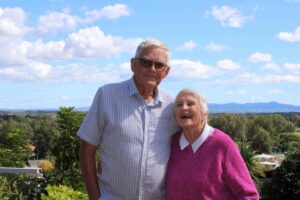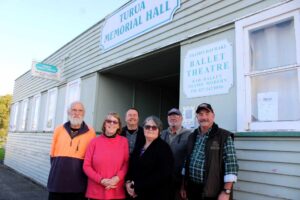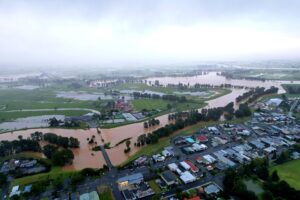Scientists will be waiting with bated breath to see how their first hatchery-grown seaweed is doing on its own out in the Hauraki Gulf.
They’ll be back on the water in a month to pull in the 200 metres of Ecklonia radiata seaweed which was outplanted within the mussel farms of Coromandel last week.
The innovative project – the first of its kind in New Zealand – is important to its collaborators because of its potential to create regenerative ocean farming and a sustainable seaweed aquaculture industry in Aotearoa New Zealand.
Led by EnviroStrat, the GreenWaveNZ pilot is taking place in the Hauraki Gulf and Bay of Plenty, and on October 11, those involved and in support of the project took to the waters of the Coromandel to watch as the first hatchery-grown seaweed was outplanted beneath the surface.
“They very much feel like our babies that we’re sending off into the world and hoping they do well and survive,” Waikato University senior lecturer and researcher Dr Rebecca Lawton told The Profile.
“When we come back and pull up the lines and look, we’re always a bit anxious.”
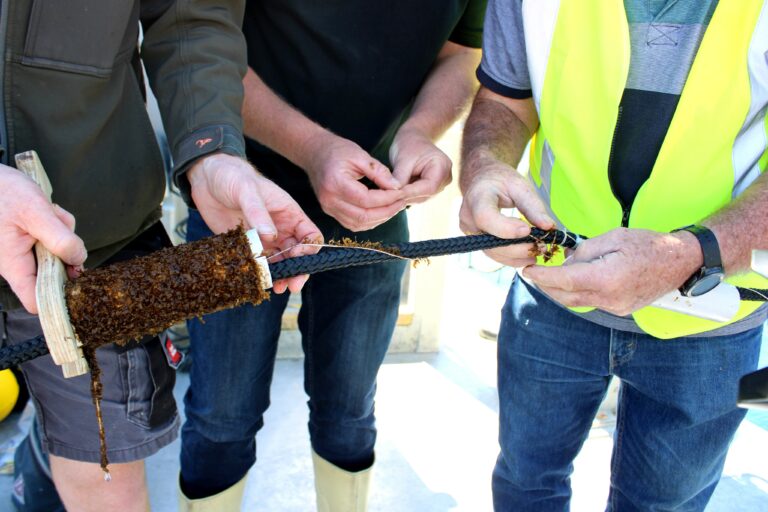
The team, which also included Lucas Evans from Premium Seas, Waikato University technical officer Peter Randrup, and University of Auckland thesis student Matthew McArthur, dropped spools totalling 200m into the water.
The total project will see 36km of Ecklonia radiata outplanted, with 24km of that situated in the Hauraki Gulf.
“You seed lots so that, hopefully, some of them will grow and grow really nicely. Also, the more we seed on the line at this early stage stops other things from coming and settling on it,” Dr Lawton said.
“We’re outplanting every month for a whole year, and every month, we’ll also check how everything we’ve done so far is doing.”
In partnership with iwi and local farmers, the pilot aims to develop and support the establishment of seaweed farms throughout New Zealand, using a regenerative ocean farming model developed by GreenWave US in the United States.
Paeroa company AgriSea will contribute their market and processing expertise, with the seaweed potentially going on to be used in a raft of agricultural and beauty products.
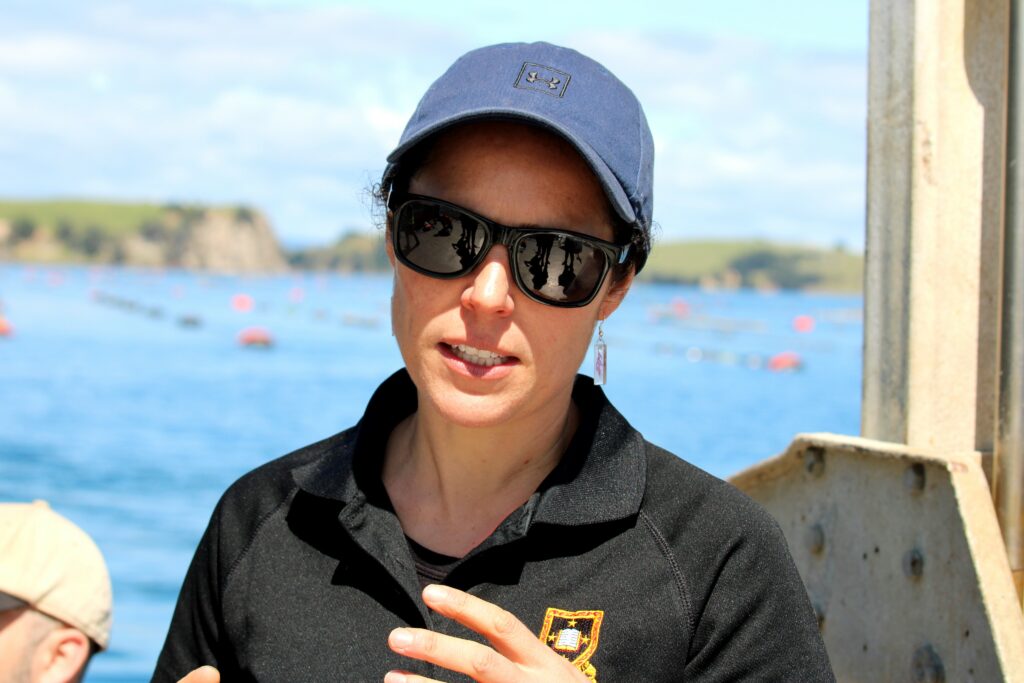
Dr Lawton said it was exciting to get to the stage where the seaweed industry could become a reality in New Zealand.
“There is still a long way to go but to be able to, for the first time, grow it as you would do in a commercial operation has been great, and the project is really good because you get to work will all the key players that would be involved, so it’s real world applications at all the different points of the process.”
EnviroStrat chief executive Nigel Bradly said hard work underpinned the “historic” project.
It had created something that was regenerative by design, that intended to “put the farmer in the middle”, and help create what he hoped was a successful new part of the aquaculture sector.
“We’ve been working on it pretty hard for the last while; it’s been tough; it’s taken probably longer than we would have liked but it’s a huge honour for us to be where we are.”

